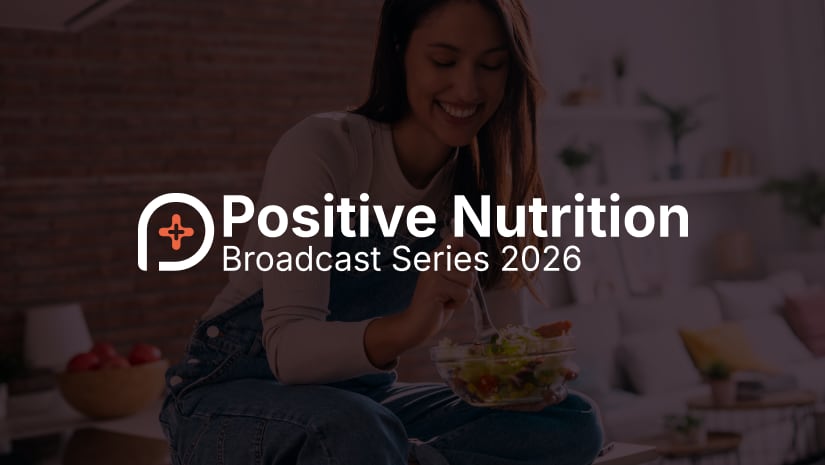
Positive Nutrition Broadcast Series 2026
Positive Nutrition is a world-leading series of broadcast events spotlighting the innovations and technologies central to the evolution of better-for-you food and drink.
News & Analysis on Food & Beverage Development & Technology

Positive Nutrition is a world-leading series of broadcast events spotlighting the innovations and technologies central to the evolution of better-for-you food and drink.

We explore what types of snacks - including categories, flavors, sizes, and nutritional profiles - modern shoppers want. We also look at what ingredients and diets are gaining traction, how marketing and merchandising is evolving and how brands and...

From soft dinks to alcohol, confectioney to snacks, we dissect the disuption and ask what’s next.

Join us as we examine where innovation is happening, which health outcomes are gaining traction, and how brands can balance efficacy, regulation and consumer tust.

This webinar explores the latest advances - from bioactive peptides and high-protein fomulations to probiotics, postbiotics, and immune-boosting ingredients.

This session explores how ingredients like microbiome modulators, botanicals, and targeted vitamins are being used to suppot immunity, digestion, cognition, and overall vitality in pets.

This session explores how nutrition can help maintain muscle mass, cognitive function, bone health and metabolic resilience.

This session dives into the fibre renaissance, spotlighting novel sources, prebiotic innovations and formulation strategies that make fibre-ich products more appealing and effective.

This event takes you on a journey to explore the nuances of the science ‘mouthfeel’ and how mastering it can help you make your brand thrive in the next reformulation waves.

From portion control to complete nutrition solutions, how can food makers rethink R&D to meet shifting consumer demands?
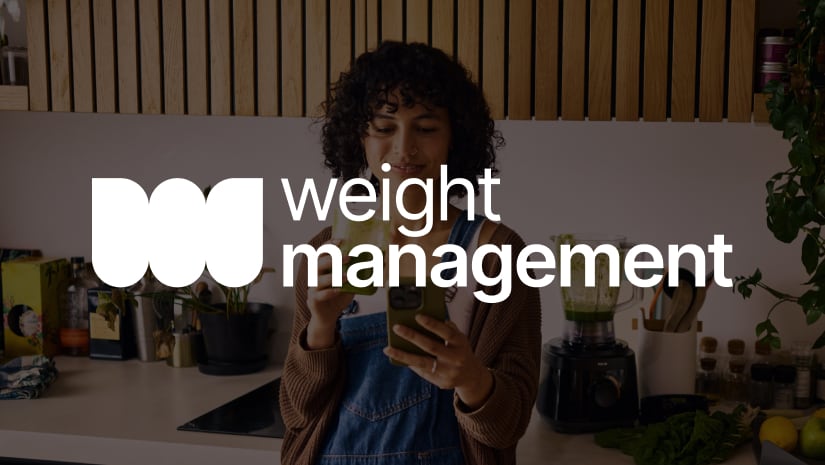
Weight Management: Food Innovation in the GLP-1 Era is a free digital summit on how GLP-1 drugs and satiety-inducing ingredients are reshaping weight management. Hear from experts on emerging science, consumer trends, and strategies to stay ahead.

We explore the latest research on hunger regulation, nutrient timing, and the role of proteins, fibres and bioactive compounds in promoting fullness.
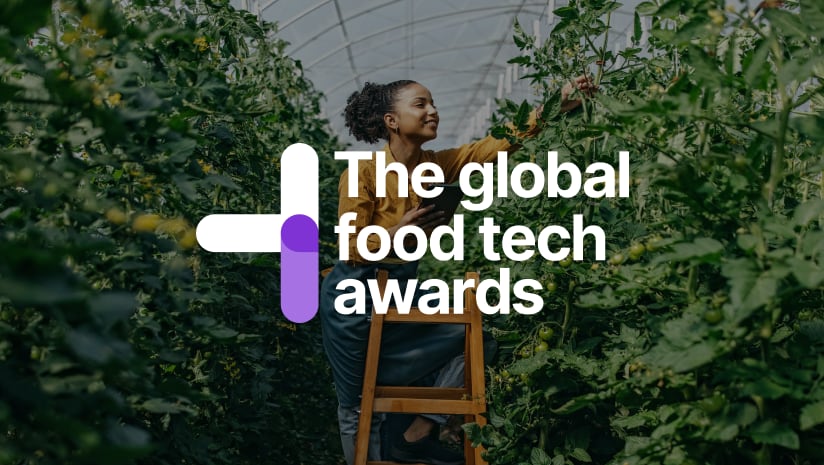
The APAC heat of the Global Food Tech Awards 2025 is now open for entries! The Global Food Tech Awards are fuelling the startups shaping the future of food.

Every year the Asia-Pacific Agri-Food Innovation Summit connects over 800 influential stakeholders addressing food security and nutrition across Asia’s agri-food chain.

We explore how this market is growing, what screencentral consumers want, how stakeholders are responding and where there is untapped white space.
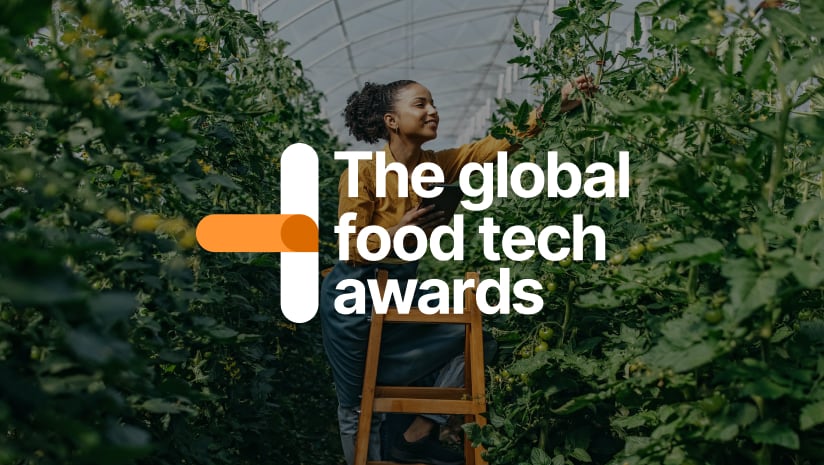
Entries are open for the EMEA heat of the Global Food Tech Awards 2025, the competition connecting cutting-edge start-ups with a worldwide audience of industry leaders, investors, and influencers.

As the food industry prioritises creating nutritious and tasty foods that support a healthier and more sustainable food system, Future Food-Tech’s European summit returns to London on September 24-25, to dig into the latest trends, innovations and...

Packaging is no longer just about containment – it’s a key player in sustainability, consumer engagement and regulatory compliance.
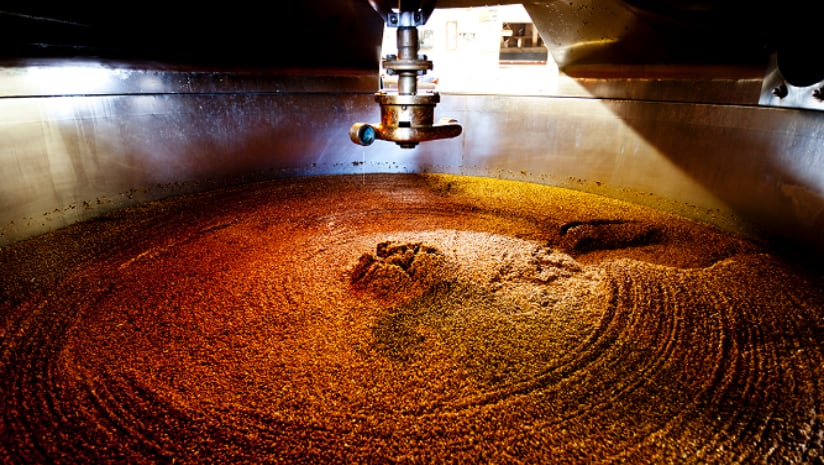
From by-products to breakthroughs, this session explores how food and beverage manufacturers can reduce waste, lower emissions and unlock new revenue by rethinking how ingredients are sourced, processed and reused.
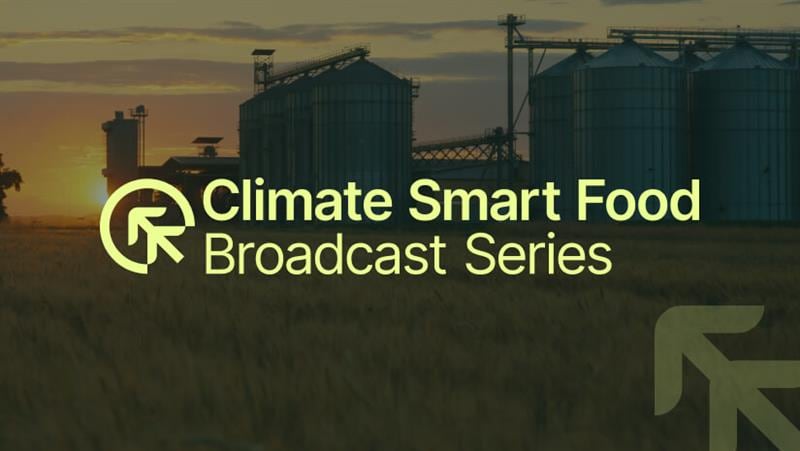
Climate Smart Food is a free webinar series helping food and beverage manufacturers tackle climate risk with real-world strategies

Discover how agri-tech, data, and policy are reshaping how we grow, source and secure the world’s food.

The Growth Asia Summit returns from 15-17 July 2025 to once again explore the very latest market opportunities in the region that is driving the growth of the global food, beverage and nutrition industries – Asia! The summit will once again take place at...

The NutraIngredients-USA Awards, now in its 8th year, is the premier celebration of excellence in the dietary supplement industry. These prestigious awards honor outstanding achievements across ingredients, finished products, companies, individuals, and...

Building on the success of previous editions, the Active Nutrition Summit returns in 2025 - bigger and better than ever! The three-day summit will offer a one-stop shop for the latest must-have insights in the world of active nutrition, and will cover...

We’ll explore how consumers are demanding fullnutrition options, convenience and added functionality - and where this disruptive new sector is going next.

Future Food-Tech returns to Chicago on June 2-3, 2025, bringing together 400 industry leaders—including founders, investors, and food brands—to identify breakthrough opportunities to bridge supply chain gaps, commercialize alternative ingredients and...
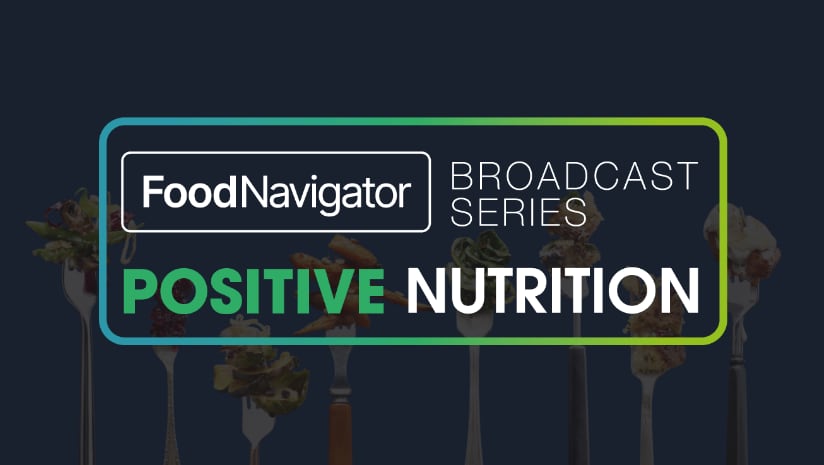
We will explore how plant-based is evolving, including the emergence of products that combine animal- and plant-based ingredients, and what tools are available to formulators – including emerging ingredients, manufacturing techniques and modern marketing...
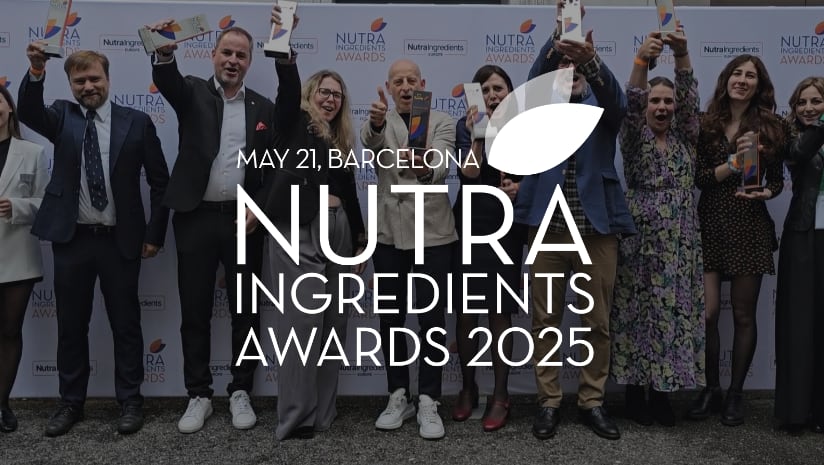
NutraIngredients.com is excited to announce that the NutraIngredients Awards are returning with NEW categories for 2025. The Awards Winners will be presented with their trophies during an awards' presentation in Barcelona on the 21st May 2025.

Don’t miss this opportunity to discover the potential that mouthfeel has to offer and why it is key to making food and drink brands thrive.

Visionary decision-makers from across production, technology, retail, consumer goods, policy, and investment will unite at the Blue Food Innovation Summit, towards build resilient aquatic food systems.

Emerging research reveals the gut microbiome of cats and dogs not only influences their digestive health but also plays a vital role in their overall wellbeing. This session will delve into the groundbreaking science behind how nourishing and supporting...

As the pet food industry grows, so does the need to minimise its climate impact. Addressing the environmental footprint of feeding cats and dogs is crucial.
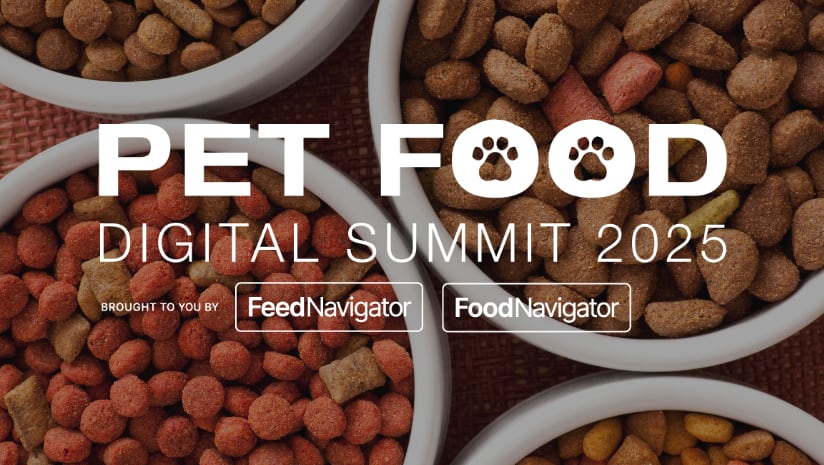
The Pet Food Digital Summit 2025 will take place on the 25 & 26 of March 2025 and will focus on key innovations and trends shaping the future of the pet food industry. Key themes will include Alternative Proteins & Sustainability Drivers and the Microbiome.
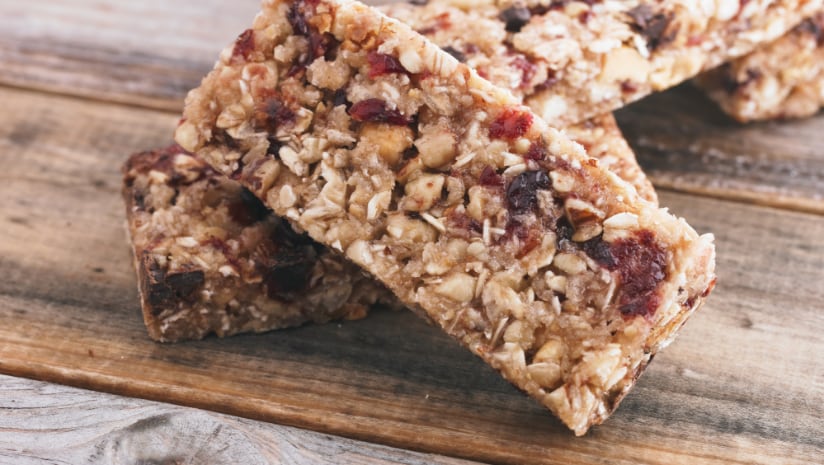
The Asia snacking sector is thriving, with innovation and consumer demand at an all time high. However, there two key trends that are driving the growth – health and functionality. As consumers increasingly snack more and move away from set meal...

Future Food-Tech returns to the innovation hub of San Francisco on March 13-14, bringing leaders together from across the globe navigate the R&D, strategy and partnerships necessary to ensure a healthy & sustainable future through food.
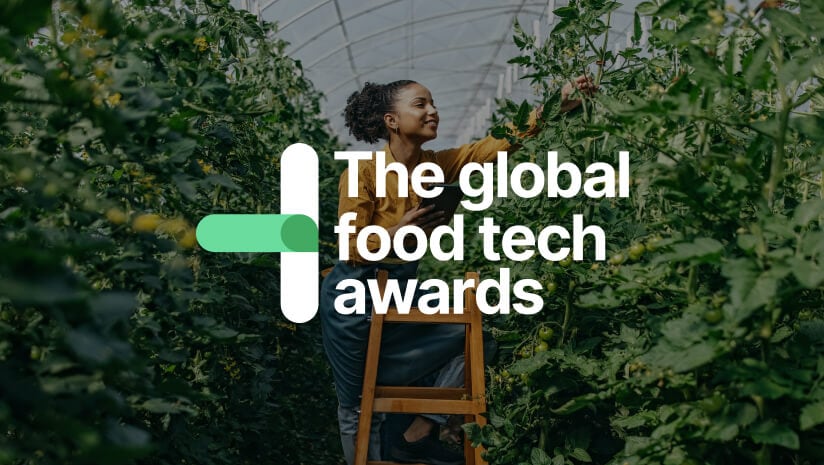
Entries are now open for the Americas heat of the Global Food Tech Awards 2025, the competition connecting cutting-edge start-ups with a worldwide audience of industry leaders, investors, and influencers.

More than half of Americans follow a specific diet, with highprotein, mindful eating, calorie-counting, clean eating and intermittent fasting topping the charts. And more consumers are likely to purchase a snack labeled as "healthy" than an identical one...

Mental health is in decline, with Gen Z being hit harder than most. Luckily for those with pill fatigue, food can provide much more than just energy: some ingredients are linked to improved brainpower, others can de-stress, and more still tap into the...

As ageing population numbers rise, an opportunity is opening in food and beverage. While older consumers seek tailored formulations, younger generations also want to live healthier, for longer. How can industry best tap into the "healthy longevity" trend?

While the wider economic landscape and consumer education remain challenges for the plant-based sector in Asia, there are several opportunities for the industry to make gains across the region. With plant-based diets very much steeped in the tradition of...
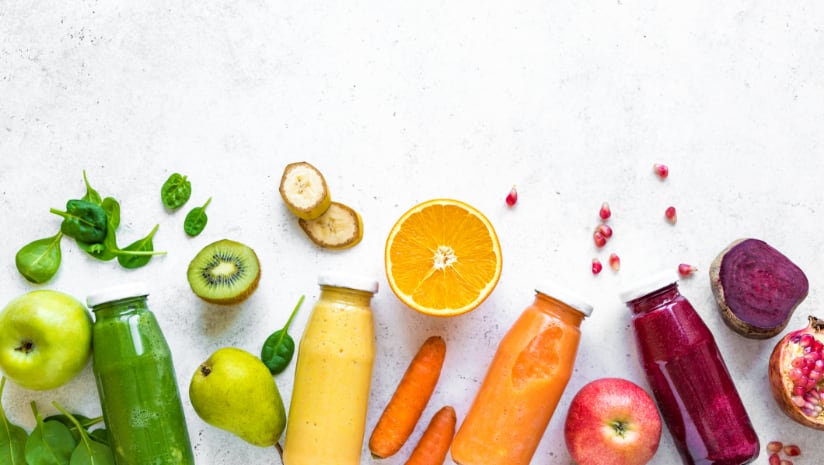
The functional beverage market is slated to reach a staggering $350 million by 2030 as increasingly health-conscious consumers turn their backs on sugary soft drinks and alcoholic beverages in favor of healthier options that can help them keep up their...
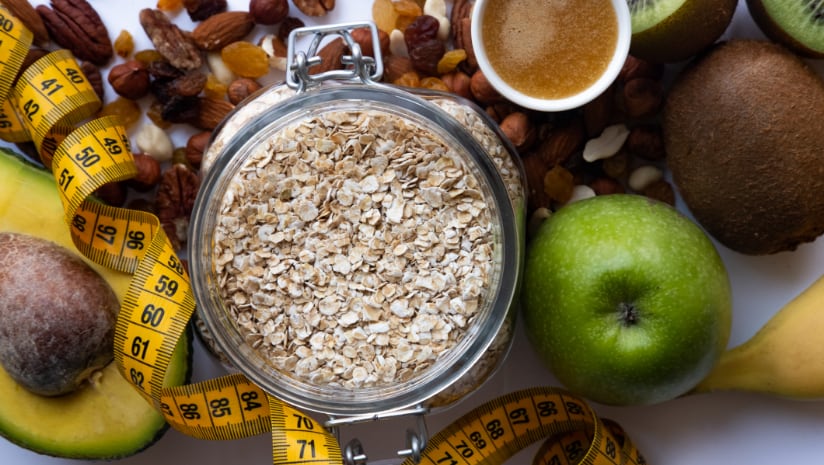
What eating patterns and health claims resonate with consumers? Today's niche diets, social media blips and Internet searches could reveal tomorrow's must-have functional ingredients or influential diets. We will take a look at evolving eating patterns...
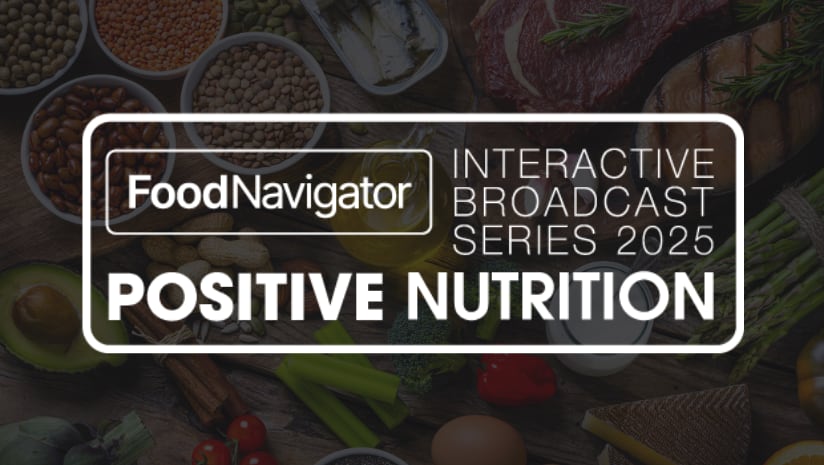
The FoodNavigator Positive Nutrition Interactive Broadcast Series will take a look at the different facets of nutrition. It will consist of eight category focused sessions happening on Wednesdays between January 22, 2025 and March 19, 2025, and will...
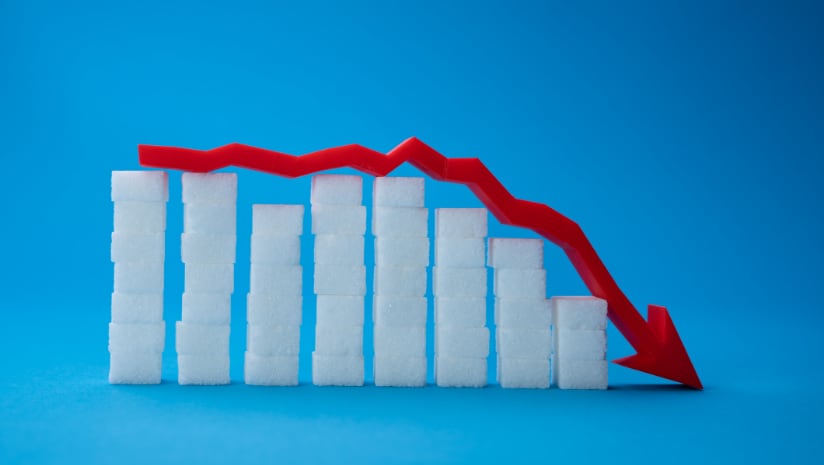
Too much sugar is bad news for health, but consumers don't want to compromise on taste, texture, or indulgence. While sugar reduction technologies promise sweetness with fewer calories, concerns over sweeteners do still exist and could be damaging...
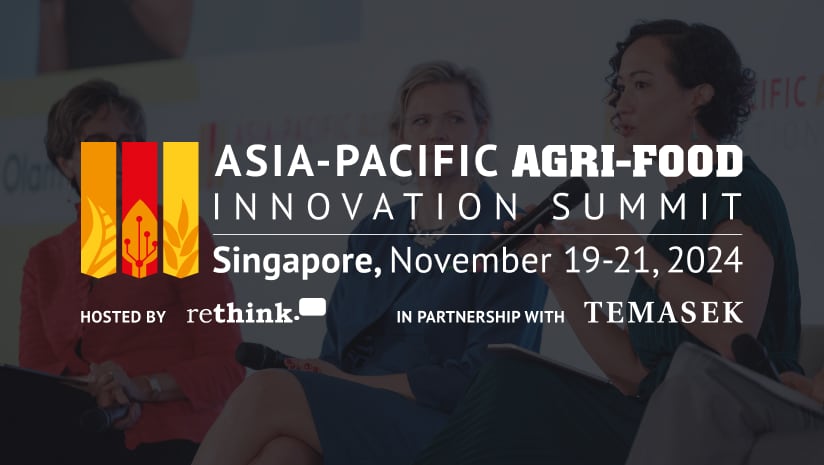
Every year the Asia-Pacific Agri-Food Innovation Summit connects over 800 influential stakeholders addressing food security and nutrition across Asia’s agri-food chain.
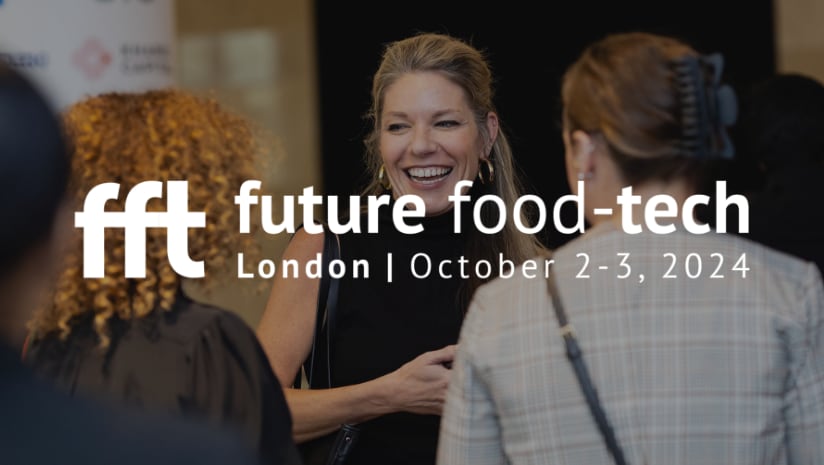
Future Food-Tech’s European flagship brings together 800+ leaders from food brands, ingredient providers, pioneering entrepreneurs and investors to address the challenges in creating foods that are nutritious, accessible, and climate-smart.
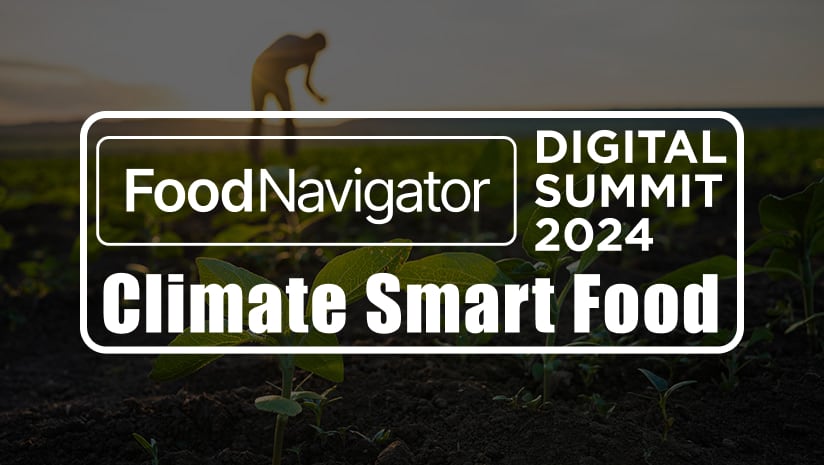
Sustainable nutrition sits at the heart of a transition towards a less damaging global economy and a healthier future for people and planet. The Climate Smart Food Digital Summit will cover issues ranging from sustainable sourcing to food waste,...

The 2024 NutraIngredients-Asia Awards return for a 7th year, to celebrate excellence in the dietary supplements and functional food sectors. Recognising outstanding achievements in ingredients, finished products, companies, individuals, and initiatives...

After a hugely successful second event in 2023, the Growth Asia Summit returns for 2024 to explore the very latest market opportunities across the region that is driving the growth of the global food, beverage and nutrition industries – Asia!

Future Food-Tech Alternative Proteins in Chicago is the go-to meeting place for 700+ food-tech innovation leaders from international food brands, active investors and technology pioneers to collaborate, diversify and scale protein production.

The Blue Food Innovation Summit brings together ground-breaking companies from around the globe to discuss forward-thinking approaches to aquatic food production.

NutraIngredients.com is excited to announce that the NutraIngredients Awards are celebrating their 10-year anniversary in 2024 and will be returning with a face-to-face awards celebration. The 2024 Awards Winners will be presented with their trophies...

Future Food-Tech San Francisco is the go-to meeting place where 1700+ food-tech innovation leaders from global brands, retailers, ingredients providers, investors and start-ups explore breakthrough technologies and forge new partnerships.

The 2023 FoodNavigator-USA Summit explored three themes over three days, November 14 dove into Food Tech in Focus; November 15 focused on Food as Medicine and November 16 explored on The Circular Economy.
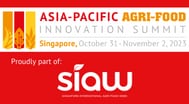
Over 1100 international delegates joined us in Singapore and online for the 5th annual Asia-Pacific Agri-Food Innovation Summit on October 26-28, 2022 to focus on building agri-food capacity and resilience in Asia, network, and forge partnerships for...

More than 800+ C-Suite food brand executives, investors and entrepreneurs from around the globe met in London to spotlight technologies and partnerships to build healthier and more sustainable food systems.
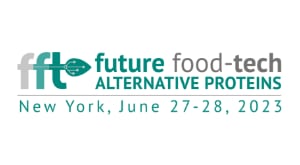
Future Food-Tech connects the entire value chain from around the world to map out the future of protein. Join us in New York on June 27-28 to meet with 900+ founders, investors and food brands pioneering alternative proteins.

Join us for an explosion of ideas, fresh thinking, unrivalled networking and new opportunities when global leaders from across the food industry meet in San Francisco on March 16-17.

Low-sugar AND high-protein, clean label AND organic, more nutritious AND sustainable – AND all this without compromising on taste? Now consider the impact of record inflation AND supply chain instability. The increasing list of consumer expectations and...

The Sports & Active Nutrition Summit Europe, produced by the NutraIngredients team, brings together industry and research professionals in the sports nutrition space and aims to bridge the gaps between cutting edge science, business strategy and key...
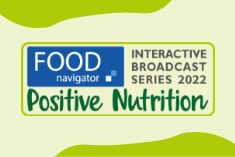
The 2022 Positive Nutrition Series will consist of eight category focused events between March 15-31, 2022 with regionally specific content.

The 2021 Food for Kids Summit is back as a two-part Interactive Broadcast Series, running on November 10 and 17. The series aims to bring together stakeholders from across the industry to present and discuss what kids are eating, how habits and diets...

Disrupting the meat and dairy case: From plant-based bacon to ‘real’ cheese (minus the cows)

Urgent changes to how we produce and consume food are needed today. But what innovation will shape the future of the food system? From biotech to digital, we’ll be profiling the cutting-edge science that will shape the food system of tomorrow.
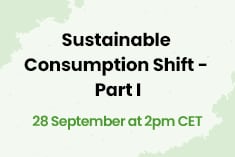
Consumption is at the heart of a transition to a more sustainable food system. Increasingly savvy and sustainability-minded shoppers are helping speed the pace of change and consumer demand is shaping what areas of action will have the biggest impact at...
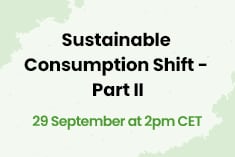
Consumption is at the heart of a transition to a more sustainable food system. Increasingly savvy and sustainability-minded shoppers are helping speed the pace of change and consumer demand is shaping what areas of action will have the biggest impact at...
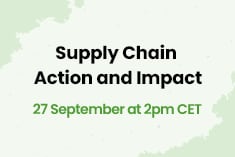
Food and beverage manufacturers are assessing where they can reduce their impact on climate in a cost-effective manner, in line with the Paris Agreement. Counting the carbon cost of their own operations and that of their supply chains, the F&B sector is...

In this four-day event, FoodNavigator will examine supply chain challenges, how to support a sustainable consumption shift, and food-tech innovation for food system transformation .
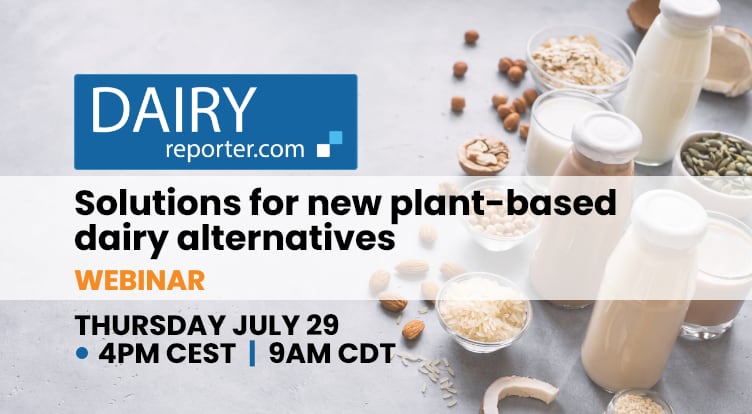
In this editorial webinar, we look at plant-based dairy alternatives to see what’s new, what’s making the end products better, and what’s appealing to the end consumer.

The Growth Asia interactive broadcast series returns for 2021 to build on the huge success of its inaugural edition, where more than 3,200 industry delegates registered to hear expert insights from a raft of big-name brands, leading academics, policy...

As allergies become more common and people eliminate certain ingredients from their diets, what opportunities are opening up in the free-from space?
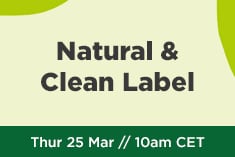
How are food formulators navigating the balance between delivering clean label products that have the taste and texture that consumers expect at the price point they want?

Most shoppers say they want to reduce consumption of products that are high in fat, salt and sugar.

What innovations are delivering nutritionally dense snacking that also meets consumer taste expectations?

Which ingredients offer greatest potential in health and wellness?

How healthy are plant-based analogues? And how are innovators in the space driving the category forward?

Europe continues to struggle with high levels childhood obesity.
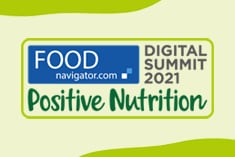
The FoodNavigator Positive Nutrition Digital Summit will focus on eight strategic pillars that will be crucial to delivering positive nutrition strategies.

An ageing population is a time bomb for Europe’s food sector, which must innovate to address the specific needs of this rapidly expanding, and generally affluent, consumer group.

Asia continues to battle the double-burden of malnutrition and obesity, leading to projections that the reformulation market will rocket from $65bn today to $110bn by 2025 and the fortification sector will surge from $70bn to $125bn by 2030.

Asia-Pacific’s active and sports nutrition was valued at $1.4bn in 2019, and is forecast to hit $2.3bn by 2023 as consumers increasingly prioritise health, wellness and fitness.
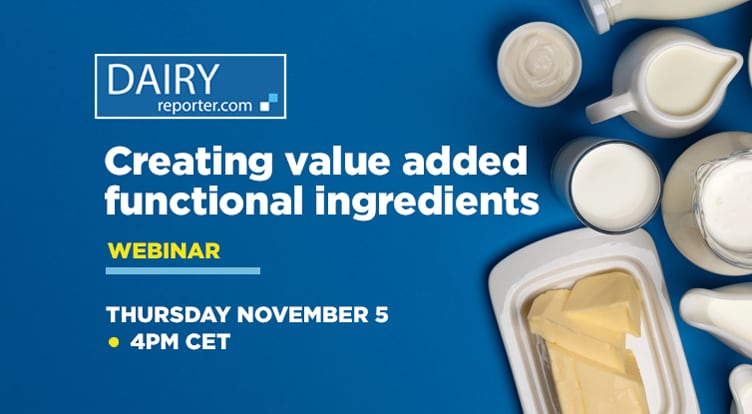
Many dairy companies and cooperatives have turned to R&D to improve profits, going beyond milk, yogurt and cheese, looking to create functional ingredients that can be added to a wide range of products.
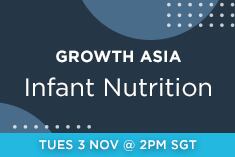
The Asia-Pacific infant formula market size was valued at $11.4 billion in 2017, and is projected to reach $26.8 billion by 2026, with China, India and emerging South East Asian markets particular hotpots.

Asia is tipped to be the largest region for plant-based food consumption in the $21bn global finished product market by 2025 on the back of consumers’ ethical, health and environmental concerns, plus extensive product innovation.
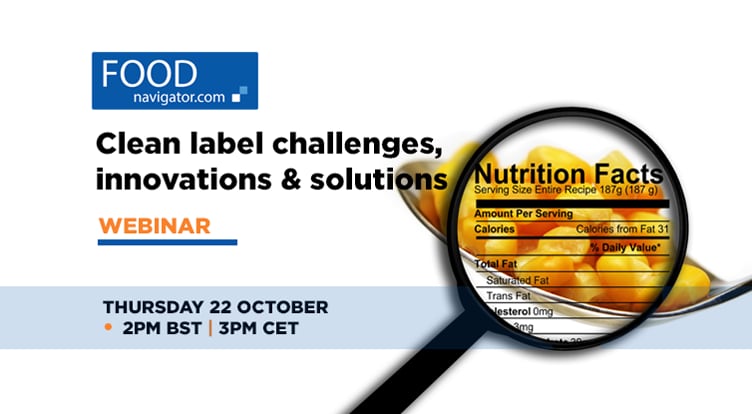
How can food brands deal with the challenge of meeting increased demand among consumers for products deemed ‘natural’ and that come with ‘cleaner’, ‘shorter’ labels, whilst also providing products with a full nutritional profile?

This year’s FoodNavigator-USA Food for Kids Summit is transitioning from our usual face-to-face event to an interactive broadcast series.
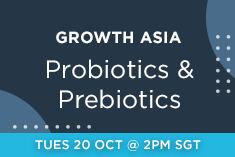
The APAC probiotics market is predicted to grow from $17.5bn in 2018 to more than $25bn by 2025, while the prebiotic market is set to enjoy almost double-digit CAGR over the period, as benefits far beyond digestive health are more widely understood.

By 2050 there will be 1.3 billion people over the age of 60 in APAC, up from around 650 million today, with vast gains predicted for products that help boost immunity, bone, joint, muscle, cognitive, heart, skin, eye and digestive health.

Capitalising on the region’s biggest food, beverage and nutrition opportunities. Brought to you by FoodNavigator-Asia and NutraIngredients-Asia.

If there has been one ‘winner’ from the coronavirus crisis, many would point to the environment. A shutdown in our daily lives, including a massive drop in air travel, has resulted in a tangible improvement to air quality and reduction in carbon...

What will the coronavirus crisis mean for the big innovation drivers that have shaped the food industry in recent years? How will the pandemic alter consumer attitudes to food? With diet and health front-of-mind for many, we are likely to see a continued...

Agile start-ups and challenger brands have disrupted the food sector through their short NPD pipelines and close consumer relationships. Many an ambitious food entrepreneur launched businesses with an eye to becoming the next unicorn and investment in...
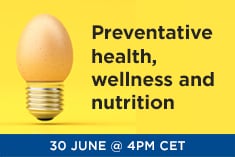
The COVID-19 pandemic places the link between diet and wellness into sharp relief. The connection between obesity and higher morbidity rates highlights the stark reality that poor diets lead to negative health outcomes. A divergence in consumer behaviour...

The Unlocking Innovation Webinar Series, will seek the game changers, disruptors and pioneers who are unlocking innovation in the food & beverage industry - with a focus on NPD, preventative health, start-ups and sustainability.

As non-communicable disease rates continue to escalate food formulators are responding to the pressing need to cut the amount of salt, fat and sugar in our diets. Flavour is a key piece of the puzzle. From ingredient development that can enhance...

FlavourTalk Raw Materials Exhibition (11th March) is the twelfth of the highly acclaimed table-top events, which offers delegates a unique opportunity to meet suppliers of raw materials from companies in Europe and beyond.

Never has the food industry been so concerned about sustainability, and the meat sector is no different. Without significant investment of time, money and research right now, there is no future for the industry, and processors around the globe are...

A panel of experts will join FoodNavigator to discuss the tests that plant-based proteins now face. Among them are the challenges manufacturers face to provide consumers with better products, with improved taste and texture, to see repeat buying from...
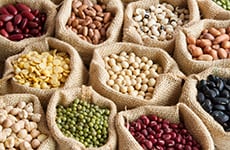
No doubt, plant proteins are here to stay. The plant-based categories are growing at an incredible fast pace, driven by consumers highly conscious of the impact of their diet on their health and environment. However, expectations are high and consumers...
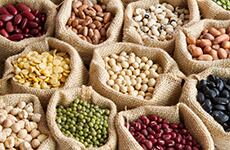
Foods featuring plant-based proteins have seen recent growth that most categories can only wish for. Consumers around the world are clamouring for such products and for good reason – they have the potential to be sustainable, ethical, and healthy. Join...